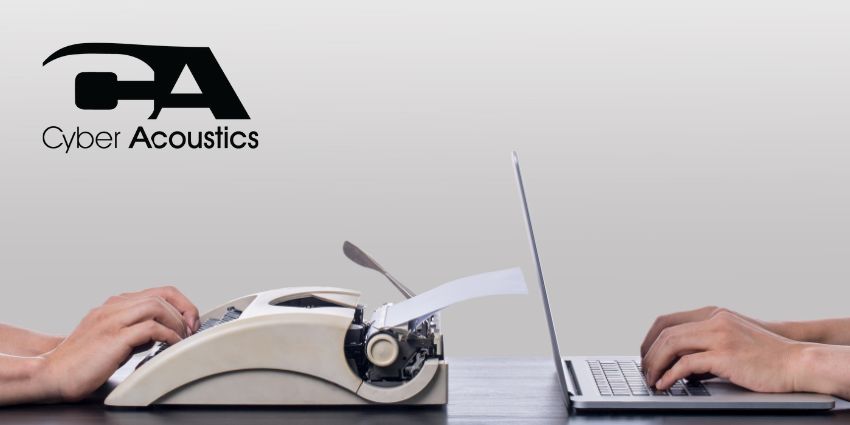A contact center headset could make or break the service experience.
Nonetheless, just 12 percent of contact centers measure sound regularly to ensure that audio levels stay at an optimum level – according to a Jabra study.
Those who analyze the contact center’s audio in more detail will likely notice discrepancies between monaural and binaural headsets.
Depending on the nature of the contact center, either monaural or binaural headsets could help equip agents for maximum productivity.
In addition, they may ensure a healthy sound experience that doesn’t risk acoustic shock or fatigue.
What Is a Monaural Headset, and Who Is it for?
Monaural headsets only have one earpiece and mic, leaving the other ear free to listen to surrounding sounds/voices.
The monaural segment has a lot of variety – but wireless products are most common, enabling added mobility.
In-ear pieces for discretion and comfort are also standard – alongside accompanying docks that keep the device mounted.
Monaural headsets are helpful for most contact center settings. Agents can ask each other for help, step into a colleague’s call, and stay aware of the surrounding environment without taking off the headset.
As such, they may stay in tune with announcements, traffic spikes, and more.
What Is a Binaural Headset, and Who Is it for?
Binaural headsets have two earpieces and one mic, providing an immersive sound experience aided by passive noise cancellation.
Like its monaural counterparts, there are many binaural options, including in-ear, behind-the-neck, over-the-ear, wireless, and wired variants.
It is common to find binaural headsets with cushioned earpieces that take advantage of the variant’s significant real estate. These provide agents with a comfortable, extended-use-friendly experience.
Binaural headsets allow contact center agents to engage in solo work.
For instance, a product specialist in a small team of agents handling only one type of call will likely select this headset. Another probable candidate is a WFH agent looking to focus in a noisy home setting.
Factors to Consider When Choosing Monaural vs. Binaural
The decision between monaural vs. binaural comes entirely down to the noise level in the contact center, and the type of work agents engage in.
A large contact center will have enough ambient sound so that standalone voices do not feel distracting. As such, agents may easily use a monaural headset in such an environment without loss of focus or productivity.
On the other hand, smaller contact centers will not have the same degree of ambient sound, creating a risk that:
- Agents are distracted by frequent unnecessary interruptions.
- Customers get to hear voice snippets, harming the CX and causing privacy concerns.
Apart from this, there is little to no difference in the costs of monaural vs. binaural headsets. Indeed, there are entry-level to ultra-premium options for each.
Investing in active noise cancellation (ANC) technology is also advisable instead of relying only on cushioned earpieces and binaural design to protect agents from ambient noise.
For further insight on this topic, read our article: How to Choose the Best Agent Headset







